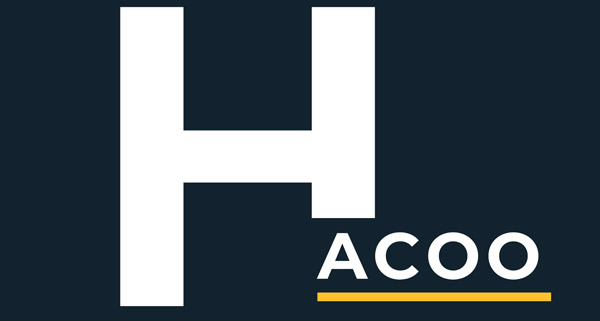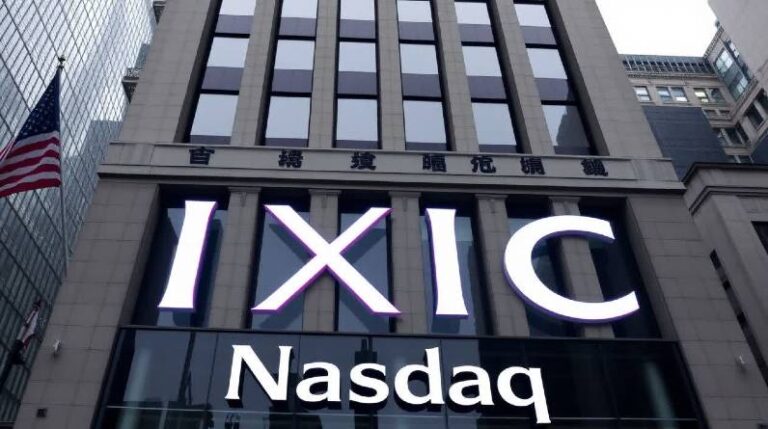The IXIC Nasdaq Composite Index, often referred to simply as the Nasdaq Composite, is more than just a measure of tech industry performance. While the index has become synonymous with the rise of Silicon Valley and digital innovation, its true structure and influence extend much further. In this article, we take a fresh, in-depth look at what makes the IXIC Nasdaq Composite such a powerful economic indicator—and why its breadth is often underestimated.
What Is the IXIC Nasdaq Composite Index?
The IXIC is the ticker symbol representing the Nasdaq Composite Index, one of the most widely followed stock market indices in the world. It includes over 2,500 companies listed on the Nasdaq Stock Exchange, making it one of the most comprehensive barometers of market sentiment—especially in sectors driven by growth and innovation.
Key Facts at a Glance
| Feature | Detail |
| Ticker Symbol | IXIC |
| Number of Components | ~2,500+ |
| Index Weighting | Market-capitalization-weighted |
| Sectors Represented | Technology, Consumer, Health Care, etc. |
| Launch Date | February 5, 1971 |
| Exchange | Nasdaq Stock Market |
A Common Misconception: It’s Not Just About Tech
Many people associate the IXIC solely with technology stocks like Apple, Microsoft, and NVIDIA. While tech makes up over 50% of the index, this narrow perception overlooks the diversity of sectors included in the Composite:
Sector Breakdown (as of 2023)
| Sector | Weight (%) |
| Technology | 55.32% |
| Consumer Discretionary | 18.80% |
| Health Care | 8.08% |
| Industrials | 4.66% |
| Financials | 3.47% |
| Telecommunications | 3.22% |
| Consumer Staples | 2.96% |
| Energy | 1.05% |
| Real Estate | 1.05% |
| Utilities | 0.94% |
| Basic Materials | 0.45% |
This multi-sector representation means that while the IXIC can act as a proxy for the tech sector, it also mirrors broader market trends, especially those driven by consumer behavior, biotech innovations, and industrial resilience.
Innovation as a Market Driver
Unlike the Dow Jones Industrial Average, which consists of just 30 large companies, or the S&P 500, which emphasizes large-cap, float-adjusted firms, the Nasdaq Composite embraces a full spectrum of capitalization sizes—from micro-cap to mega-cap.
What This Means for Investors:
- Exposure to Growth: Emerging companies in biotech, AI, and green tech are often early entrants in the Nasdaq.
- Risk and Reward: Smaller-cap companies add volatility but also potential for high returns.
- Sector Fluidity: Companies can rapidly ascend in relevance, reflecting economic shifts more dynamically than other indices.
Notable Companies in the Nasdaq Composite
While the index is home to thousands of firms, the top 10 companies hold over 40% of the index’s total weight.
Top 10 Companies by Weight (as of March 2023)
- Apple Inc. (AAPL) – 13.79%
- Microsoft Corp. (MSFT) – 11.44%
- com Inc. (AMZN) – 6.04%
- NVIDIA Corp. (NVDA) – 4.72%
- Tesla Inc. (TSLA) – 3.75%
- Alphabet Inc. Class A (GOOGL) – 3.21%
- Alphabet Inc. Class C (GOOG) – 3.21%
- Meta Platforms (META) – 2.87%
- Broadcom Inc. (AVGO) – 1.63%
- PepsiCo Inc. (PEP) – 1.15%
These firms often lead trends in their sectors—making the IXIC a forward-looking indicator of economic and technological transformation.
How the Index Is Calculated
The Nasdaq Composite is capitalization-weighted, meaning companies with higher market caps have more influence on index movements. The formula is as follows:
Index Value = (Total Market Cap of All Index Components) ÷ (Index Divisor)
This method allows larger companies to sway the index more significantly. For example, if Apple’s stock rises 5%, it impacts the IXIC more than a 20% rise in a much smaller biotech firm.
Comparing Nasdaq Composite to Nasdaq-100
Another source of confusion is the distinction between the Nasdaq Composite (IXIC) and the Nasdaq-100.
| Feature | Nasdaq Composite (IXIC) | Nasdaq-100 |
| Number of Companies | 2,500+ | 100 |
| Includes Financials? | Yes | No |
| Market Cap Weighted? | Yes | Yes (Modified) |
| Focus | All Nasdaq-listed stocks | Largest non-financial firms |
| Popular ETF | ONEQ | QQQ |
The Index as an Innovation Indicator
Because many emerging tech firms debut on the Nasdaq, the Composite often serves as an early signal of disruptive innovation. For instance:
- The Dot-Com Boom (1995–2000) was largely reflected in the IXIC’s meteoric rise.
- The 2008 Financial Crisis saw the index fall sharply but recover faster than the Dow due to tech resilience.
- During COVID-19 (2020), tech adoption surged, and the IXIC soared ahead of many other indices.
Post-Pandemic Recovery
While traditional sectors struggled during the pandemic, tech-enabled firms like Zoom, Amazon, and Shopify flourished. Their presence in the IXIC amplified the index’s speedy recovery—underscoring its value as a proxy for digital transformation.
Investing in the Nasdaq Composite
Although you cannot invest directly in the IXIC, there are multiple ETFs and mutual funds that mimic its performance. Some popular choices include:
- Fidelity Nasdaq Composite Index ETF (ONEQ)
- Invesco QQQ (tracks Nasdaq-100)
- Rowe Price NASDAQ Index Fund
These products offer:
- Broad exposure to high-growth sectors
- Automatic rebalancing in line with the index
- Lower fees than active management
The Nasdaq’s Long-Term Track Record
Over the past decade, the Nasdaq Composite has outperformed many other indices, thanks to consistent growth in the tech sector.
10-Year Performance Snapshot (as of July 2023)
| Period | Annualized Return |
| 10 Years | 14.66% |
| 5 Years | 11.4% |
| 1 Year | 26.8% |
| 2022 Decline | -33.1% |
Key Takeaways
- IXIC = Nasdaq Composite, a broad and tech-heavy index tracking over 2,500 companies.
- It’s not limited to tech—it includes consumer goods, healthcare, real estate, and more.
- It’s a capitalization-weighted index with significant impact from mega-cap stocks.
- The index serves as a barometer of innovation, highlighting market shifts faster than more traditional indices.
Frequently Asked Questions (FAQs)
Q1: What does IXIC stand for?
A: IXIC is the ticker symbol for the Nasdaq Composite Index. It tracks the performance of more than 2,500 stocks listed on the Nasdaq Stock Market.
Q2: How is the Nasdaq Composite different from the Nasdaq-100?
A: The Nasdaq Composite includes all eligible stocks on the Nasdaq exchange, while the Nasdaq-100 only includes the 100 largest non-financial companies.
Q3: Is the Nasdaq Composite only made up of technology companies?
A: No. While tech dominates the index, it also includes sectors like healthcare, consumer discretionary, financials, and industrials.
Q4: Can I invest directly in the Nasdaq Composite Index?
A: You can’t invest directly in the index, but you can invest in ETFs or mutual funds that mirror its performance, like ONEQ.
Q5: Why do Apple, Microsoft, and Alphabet dominate the index?
A: Because the index is market-cap-weighted, larger companies have a greater influence on its movement.
Q6: What makes the Nasdaq Composite more volatile than other indexes?
A: Its high concentration of growth-oriented and tech stocks, which tend to be more sensitive to market sentiment and economic changes.
Q7: How often is the index rebalanced or updated?
A: The index’s eligibility is reviewed continuously, and it is calculated in real time during trading hours, with values updated every second.
For more insightful articles and the latest updates, keep visiting Hacoo.

